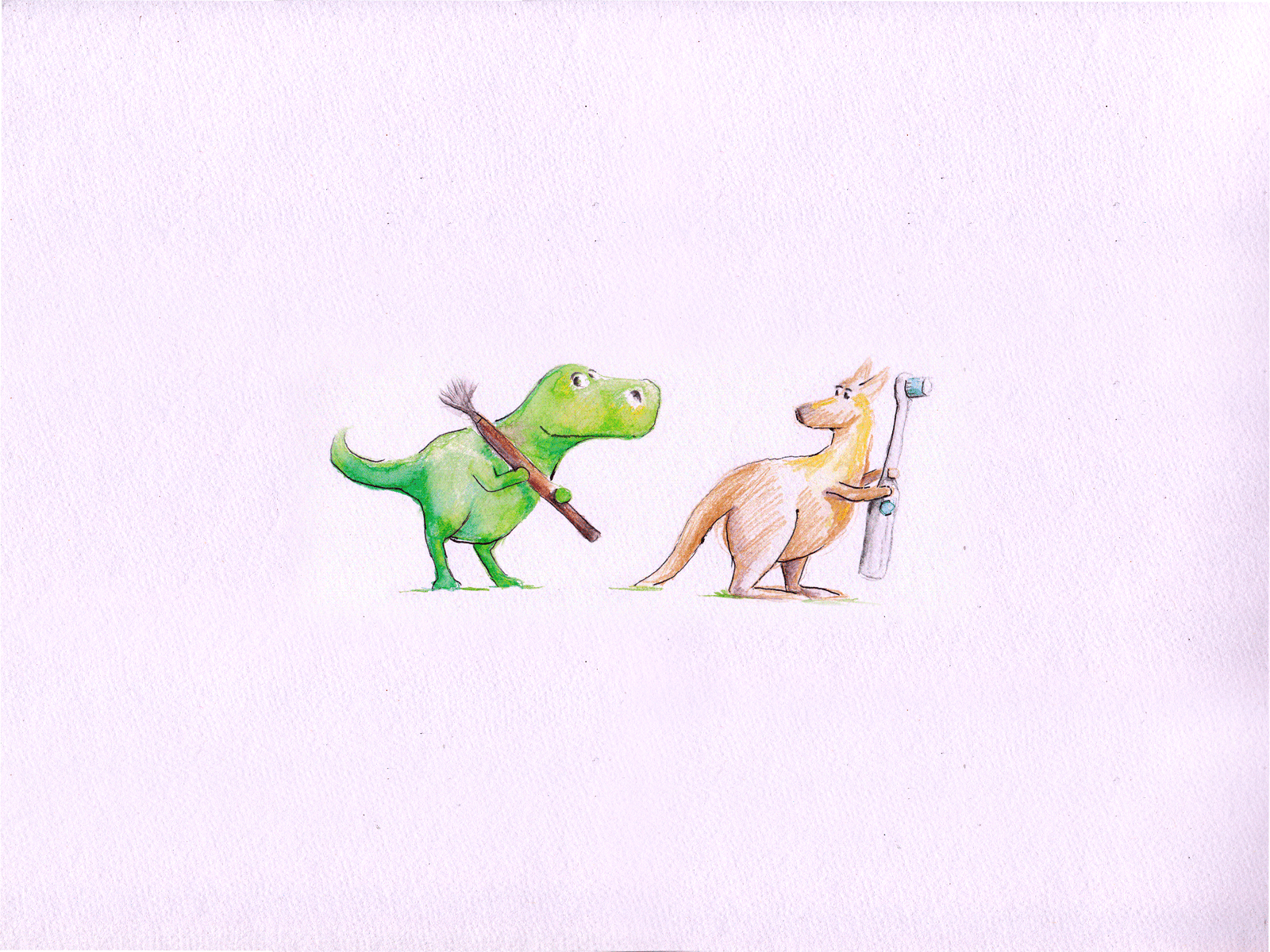

History of Dentistry in Australia
-
5000 BC A Sumerian text of this date describes “tooth worms” as the cause of dental decay.
-
2600 BC Death of Hesy-Re, an Egyptian scribe, often called the first “dentist.” An inscription on his tomb includes the title “the greatest of those who deal with teeth". The Etruscans practice dental prosthetics using gold crowns and fixed bridgework.
-
700 A medical text in China mentions the use of “silver paste,” a type of amalgam.
-
1210 A Guild of Barbers is established in France. Barbers eventually evolve into two groups: surgeons who were educated and trained to perform complex surgical operations; and lay barbers, or barber-surgeons, who performed more routine hygienic services including shaving, bleeding and tooth extraction.
-
1723 Pierre Fauchard, a French surgeon,is credited as being the Father of Modern Dentistry because his book was the first to describe a comprehensive system for the practice of dentistry.
-
1760 John Baker, the earliest medically-trained dentist to practice in America, immigrates from England and sets up practice.
-
1790 John Greenwood, son of Isaac Greenwood and one of George Washington’s dentists, constructs the first known dental foot engine. He adapts his mother’s foot treadle spinning wheel to rotate a drill.
-
1833-1850 The Crawcours (two brothers from France) introduce amalgam filling material. The brothers are charlatans whose unscrupulous methods spark the “amalgam wars,” a bitter controversy within the dental profession over the use of amalgam fillings.
-
1839 Charles Goodyear invents the vulcanization process for hardening rubber. The resulting Vulcanite, an inexpensive material easily molded to the mouth, makes a excellent base for dentures.
-
1846 Dentist William Morton conducts the first successful public demonstration of the use of ether anesthesia for surgery.
-
1855 Robert Arthur originates the cohesive gold foil method allowing dentists to insert gold into a cavity with minimal pressure. The foil is fabricated by annealing, a process of passing gold through a flame making it soft and malleable.
-
1866 Lucy Beaman Hobbs graduates becoming the first woman to earn a dental degree.
-
1869 Dr. Robert Tanner Freeman, graduating from Harvard University Dental School, becomes the first African-American to earn a dental degree.
-
1880s The collapsible metal tube revolutionizes toothpaste manufacturing and marketing. Teeth cleaning aids had been available only in liquid or powder form, usually made by individual dentists, and sold in bottles, porcelain pots, or paper boxes.
-
1885 The first female dental assistant is employed by C. Edmond Kells. Her duties include chair-side assistance, instrument cleaning, inventory, appointments, bookkeeping, and reception.
-
1895 Wilhelm Roentgen, a German physicist, discovers the x-ray, later used in dentistry.
-
1899 Edward Hartley Angle classifies the various forms of malocclusion. This lead to development of braces/orthodontics.
-
1903 Charles Land devises the porcelain jacket crown.
-
1905 Alfred Einhorn, a German chemist, formulates the local anesthetic procain, later marketed under the trade name Novocain.
-
1907 William Taggart invents a “lost wax” casting machine, allowing dentists to make precision cast fillings.
-
1937 Alvin Strock inserts the first Vitallium dental screw implant. Vitallium, the first successful biocompatible implant metal, had been developed a year earlier by Charles Venable, an orthopedic surgeon.
-
1938 The nylon toothbrush, the first made with synthetic bristles, appears on the market.
-
1945 The water fluoridation era begins.Fluoride introduced in drinking water.
-
1950 The first fluoride toothpastes are marketed.
-
1957 John Borden introduces a high-speed drills for cutting teeth.The Airotor obtains speeds up to 300,000 rotations per minute. Drilling teeth was more comfortable.
-
1958 A fully reclining dental chair is introduced.
-
1960 Sit down, four-handed dentistry becomes popular in the U.S. This technique improves productivity and shortens treatment time.
Lasers are developed and approved for soft tissue work, such as treatment of periodontal disease.
The first commercial electric toothbrush, developed in Switzerland after World War II.A cordless, rechargeable model follows in 1961. -
1980 Per-Ingvar Branemark describes techniques for the osseointegration of dental implants.
-
1990 New tooth-colored restorative materials plus increased usage of bleaching, veneers, and implants inaugurate an era of esthetic dentistry.
-
1997 Erbium YAG laser, the first for use on dentin, to treat tooth decay approved.
